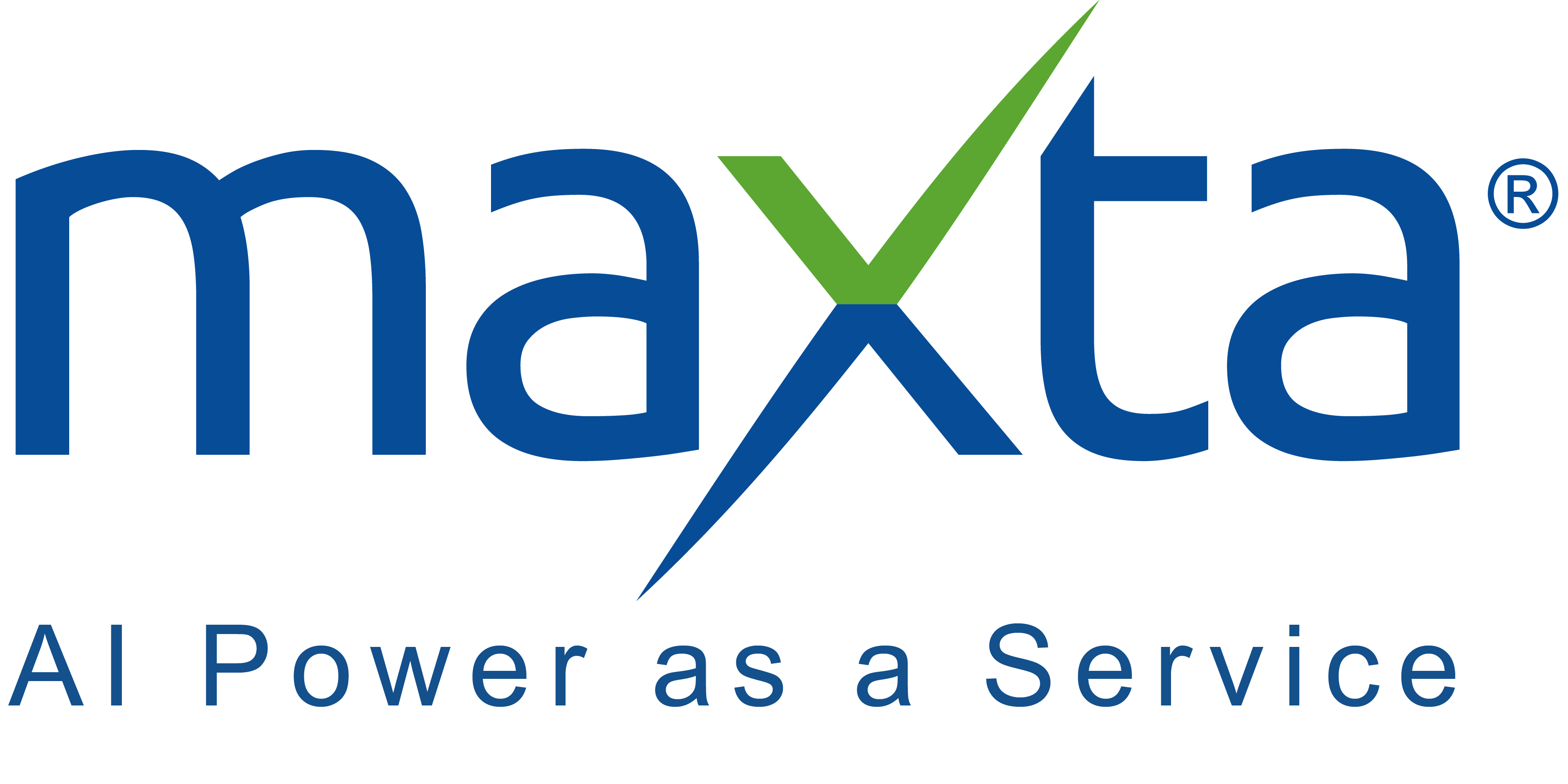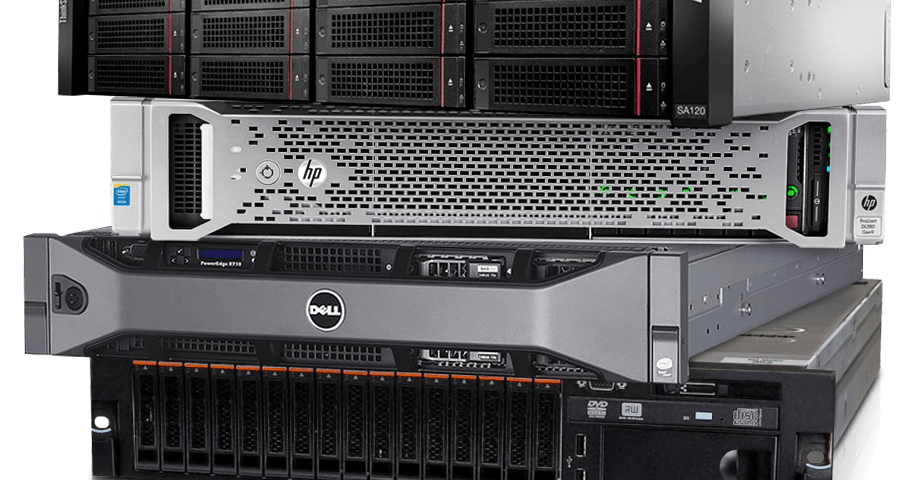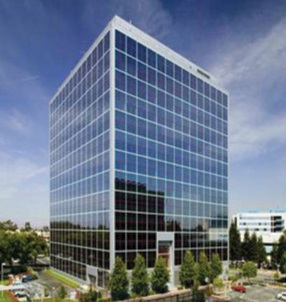You have two choices when it comes to moving to hyperconverged infrastructure, or HCI: a software-based approach or an appliance-based approach. They both have their positives and negatives, but the average administrator may not realize the long-term benefits of a software-based solution, since appliances have had much of the early market adoption. But the reality is that there are also direct technical benefits that can be derived from a software-based solution that appliance-centric hyperconvergence just can’t touch. Here are just a few of the most important ones.
* Mix-and-match server hardware. Perhaps you already own perfectly good servers, or perhaps you want to have the ability to reallocate servers as your needs change over time. Maybe you want to have the option to change server vendors at will, and avoid the dreaded hardware lock-in problem. The point is that you get to choose whatever platform you like.
* Decide on your own resource mix. Appliance-based solutions provide some ability to choose hardware configuration, but only within the confines the vendor has established. With a software solution, you can configure the hardware any way you like. If your applications need more RAM, get servers with more RAM. If they need more storage, add a few more HDDs or SSDs.
* Choose your hypervisor. Do you want VMware vSphere? Use it. Do you also need to run Red Hat or another KVM variant? Go ahead. With the right software-based HCI, you can use whatever virtualization makes the most financial and operational sense for your organization.
* Flexible purchasing. You also get to choose your own procurement model for an HCI solution, enabling even more flexibility. You can buy just the software and build your own HCI cluster. Or, if you prefer, you can get that appliance-like experience without the typical appliance-like price tag, since most of the software-based solutions are available pre-installed on standard Under this procurement model, you work with the hyperconverged software vendor and one of their hardware partners together. The software vendor provides the software; the hardware vendor provides the hardware and installs the software on said hardware. Your loading dock is then graced with ready-to-run “(Un)Appliances” that you simply slide into a rack, connect to the network, and power on. It doesn’t get much easier than that.
Grow in Your Own Way, at Your Own Pace
Scale out or expand existing nodes. The scale out nature of HCI is a significant benefit, as it makes it incredibly simple to expand as you need more resources. Sometimes, though, you just need a bit more capacity and you may not want to buy a whole new node to get it.
With a true software-based solution, you can add more individual resources to an existing node, similar to the scale up days. Being able to add discrete resources as needed can be a financial boon on a number of levels:
* You don’t have to add resources you don’t need. If you need more storage, just add some disks to an existing node.
* You don’t incur additional expansion costs. Depending on the hypervisor you’re using, adding nodes may mean new hypervisor licensing costs. If you just need more storage, you can add a few additional disks to an existing node and not have to worry about paying license fees for another node.
* You can upgrade existing drives. Even if a node is fully populated with disks, you can swap out lower capacity HDDs or SSDs for new ones with higher capacity.
This flexibility can be tremendously helpful for certain kinds of workloads. For example, suppose you’ve discovered that you need more resources for your VDI deployment. VDI deployments are typically RAM- and compute-centric. Storage isn’t as critical a resource, at least from a capacity perspective. When you’re scaling the environment, you can add some compute-only nodes that don’t have much local storage. These nodes can be tasked with running virtual desktops.
Completely flexible growth options mean that you can stop buying data center capacity years before you need it. Add exactly what you need, exactly when you need it.



 Maxta Introduces VMware Escape Pod
Maxta Introduces VMware Escape Pod


